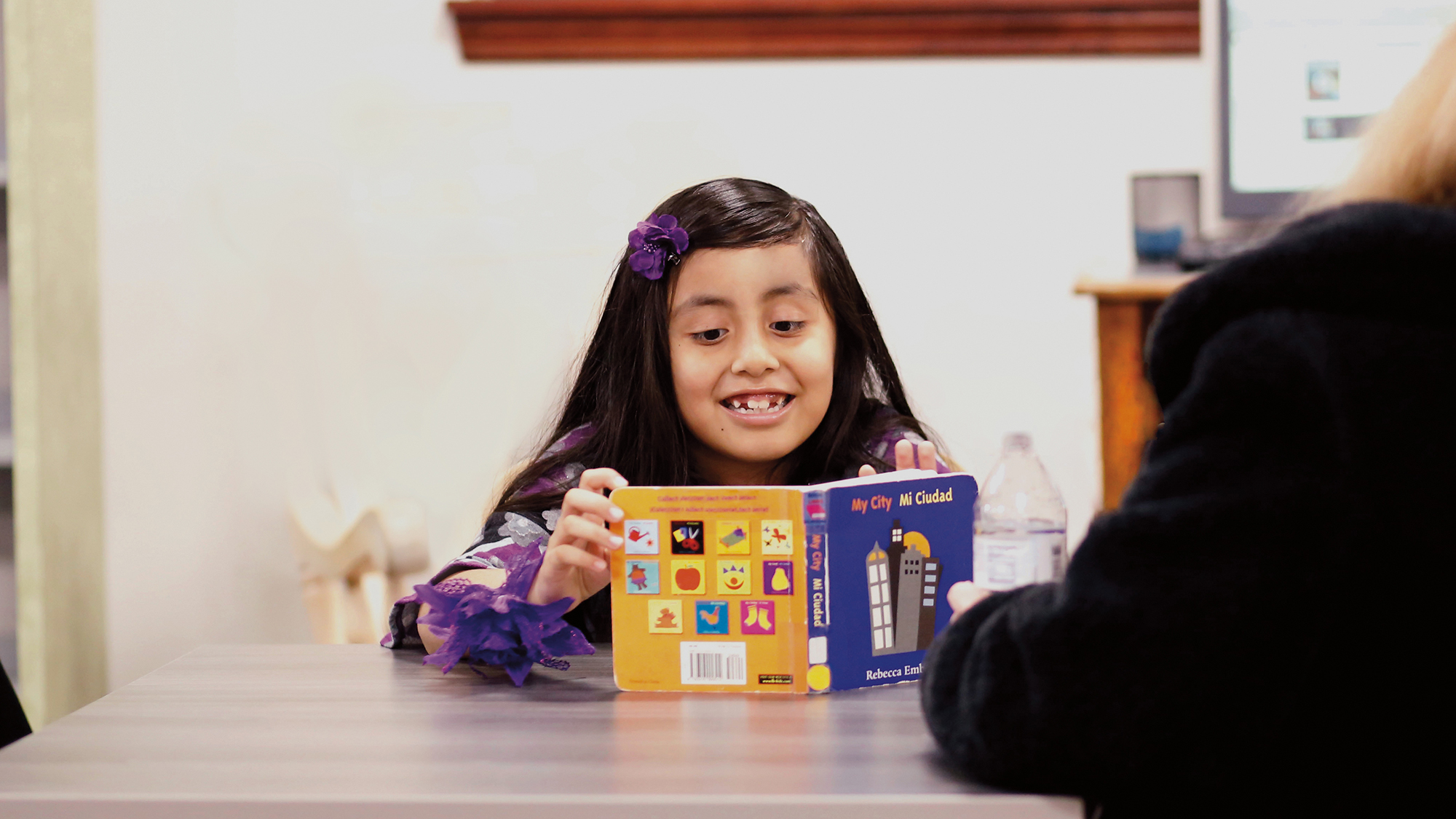
By Bethany Romano, MBA'17
Bilingual education is rising in prominence nationally, including in Waltham, where roughly 23% of students are English learners. In response, in 2015, Waltham launched a two-way immersion program for students in kindergarten through fifth grade in which each class is comprised of half native English and half native Spanish speakers.
For her dissertation, Diana Serrano, PhD’19, partnered with the district to study the initiative. Her findings demonstrate that this model of bilingual education is effective at teaching English literacy to both English- and Spanish-speaking students.
“Unlike in other bilingual programs, students in two-way immersion programs are taught primarily in the ‘partner language’ — Spanish, in this case — and the goal is for all children to become fully bilingual,” explains Serrano.
This upends common theories that English learners should be fully immersed in English to acquire the language faster. In this program, kindergarten starts with 80% Spanish instruction. By third grade, instruction reaches a 50-50 split, and students are fully integrated for the entire school day.

But is English acquisition delayed when instruction is primarily in Spanish? To answer that, Serrano analyzed students’ literacy assessments in kindergarten and first grade. Because students were admitted via lottery, she was able to compare those who were admitted to the program with those who weren’t: a true experimental design.
First, she measured Spanish speakers’ English proficiency in four domains: reading, writing, speaking and listening. She also used district-wide English reading assessments to compare native English- and Spanish-speaking students in the bilingual program to their counterparts who were not in the program. Lastly, she looked at a Spanish reading assessment administered to all students in the bilingual program.
Serrano’s findings suggest that English learners in the bilingual program did just as well as their peers who didn’t get into the program on measures of English listening, speaking and reading, though they lagged in English writing.
“This provides some evidence to support the notion that receiving instruction in your native language doesn’t hinder English acquisition, at least in the speaking, listening and reading domains,” she says. “Perhaps they aren’t doing as well in writing, but they may be able to catch up to their peers over time, and even surpass them, which other research suggests may happen.”
And the native English speakers? Despite receiving 80% of instruction in Spanish, their English skills are on par with their peers. “These kids are acquiring Spanish and doing just as well in English literacy as kids taught in English all day,” she says.
When Serrano first applied to the PhD program, she was interested in policies that better integrate English learners in schools and communities. “At the time, I was thinking about what schools can do to integrate children, to make them feel valued and welcome,” she says. “It wasn’t until I learned about Waltham’s two-way immersion program that I became interested in bilingual education.”
Serrano’s research contributes to growing literature on the effectiveness of these educational models, but she notes that two-way immersion is important for reasons beyond its effectiveness in teaching bilingual literacy.
“I believe two-way immersion programs help students feel that their language is just as important and valuable as English, that they have as much to contribute to the classroom as their peers. It’s a great example of integration policy on a small scale.”
